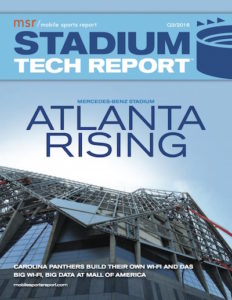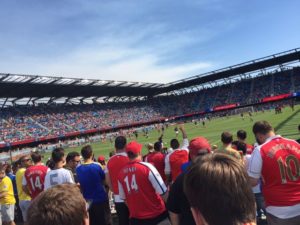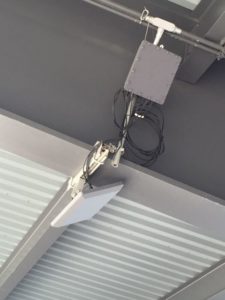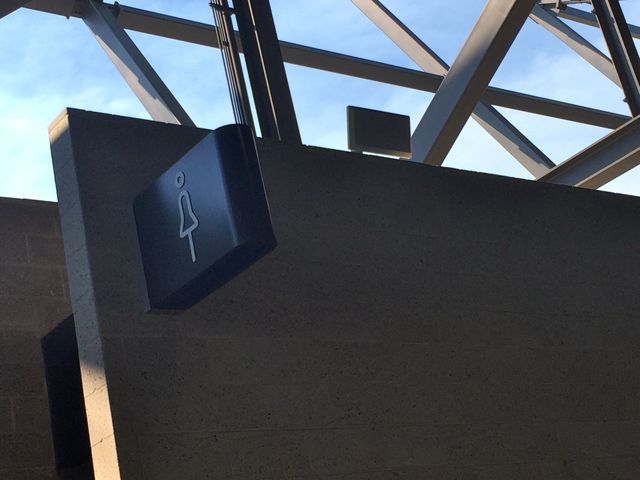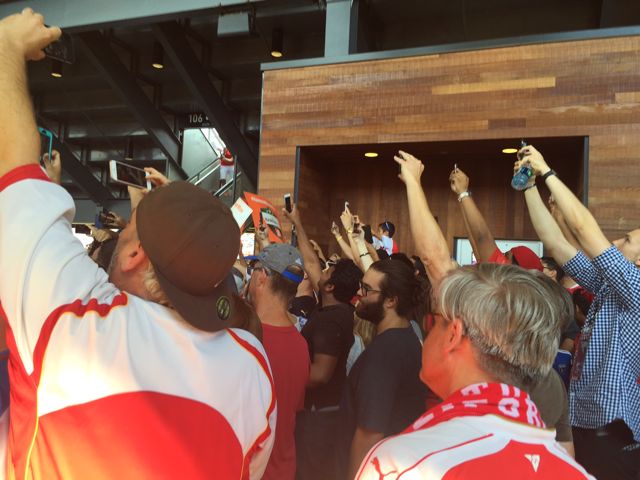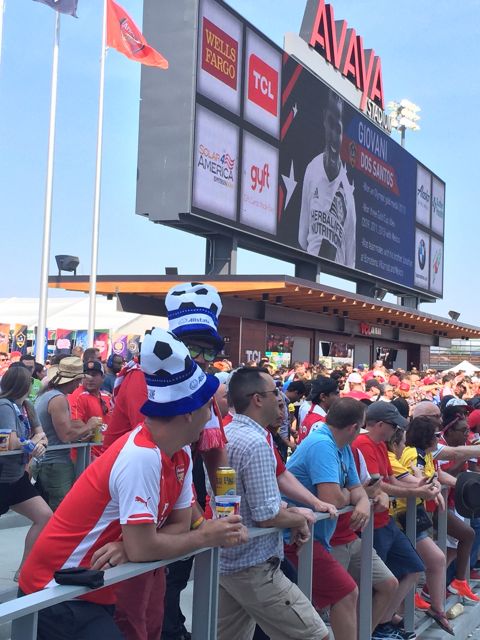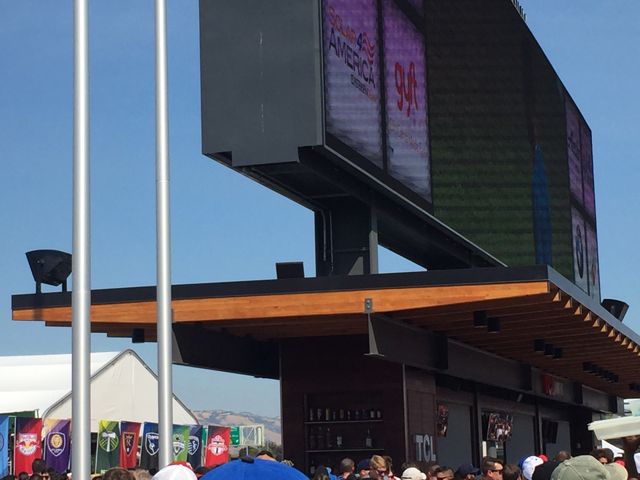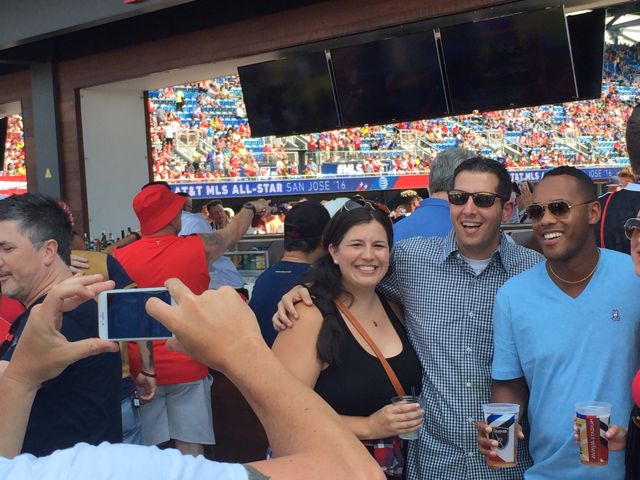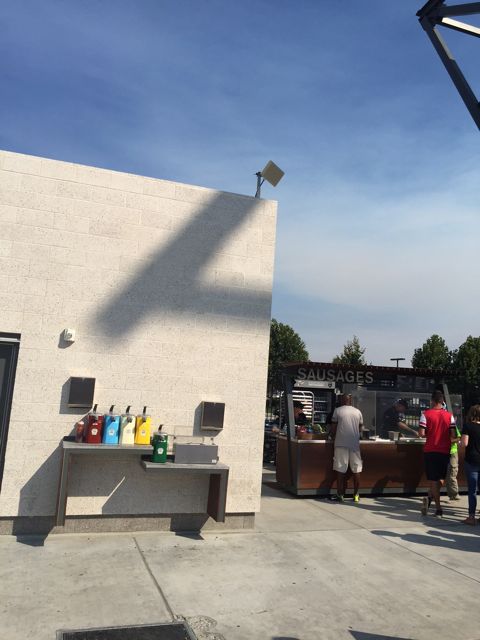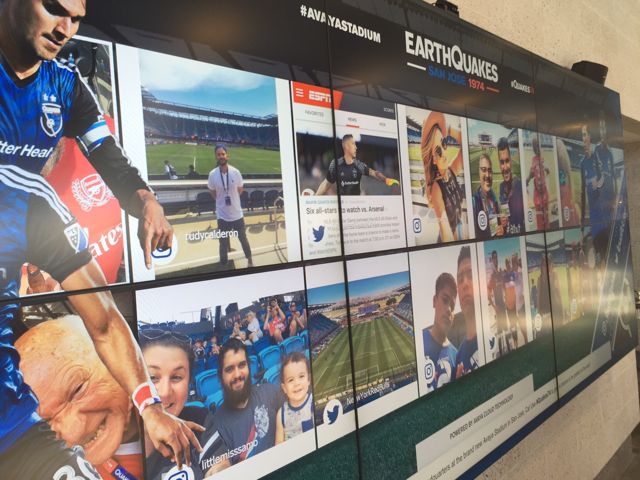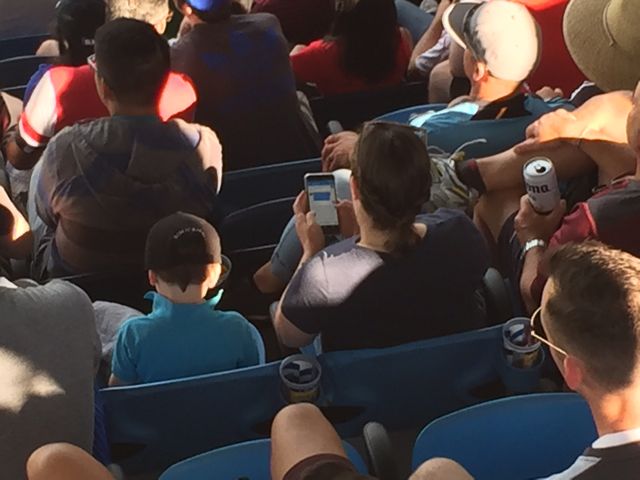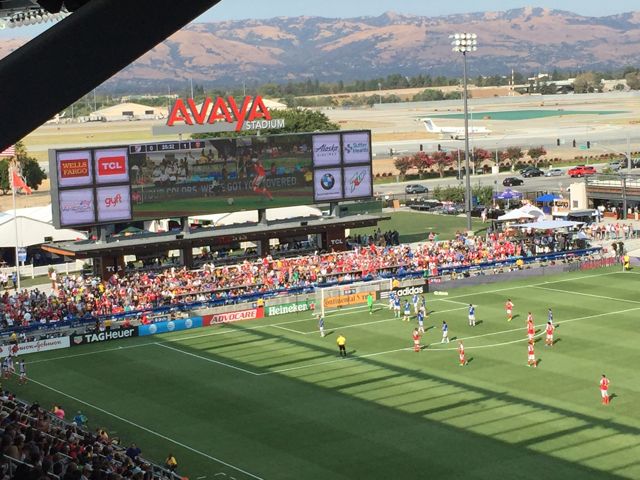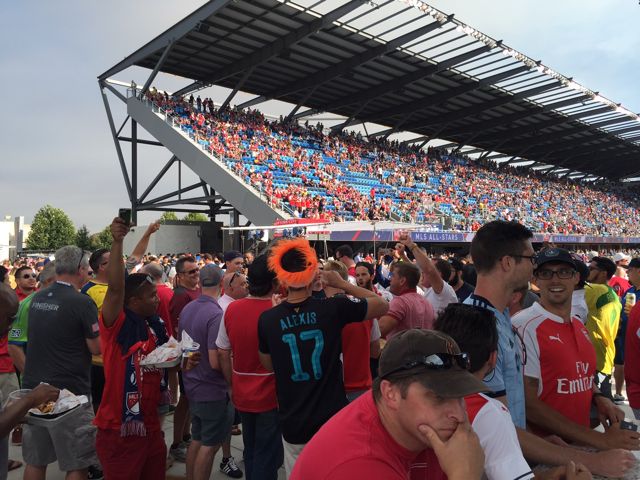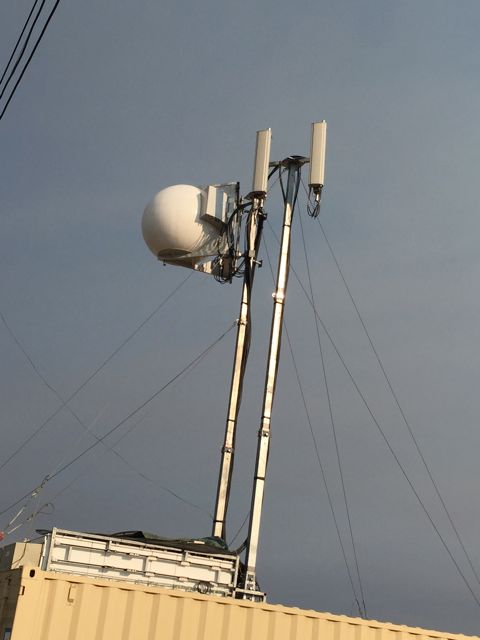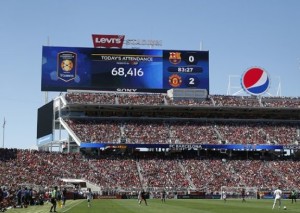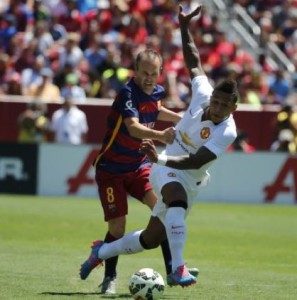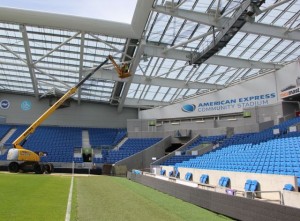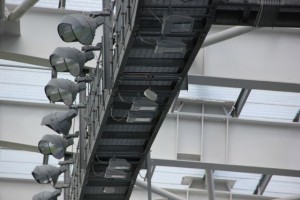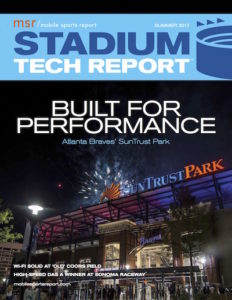 MOBILE SPORTS REPORT is pleased to announce the Summer 2017 issue of our STADIUM TECH REPORT series, the ONLY in-depth publication created specifically for the stadium technology professional and the stadium technology marketplace.
MOBILE SPORTS REPORT is pleased to announce the Summer 2017 issue of our STADIUM TECH REPORT series, the ONLY in-depth publication created specifically for the stadium technology professional and the stadium technology marketplace.
In addition to our historical in-depth profiles of successful stadium technology deployments, our second issue for 2017 has additional news and analysis, including a look at how the business model for DAS deployments is changing. Download your FREE copy today!
Inside the report our editorial coverage also includes:
— SunTrust Park first look: A review of sizzling network performance at the new home of the Atlanta Braves;
— Coors Field profile: A look at how the Wi-Fi network at “old” Coors Field is still serving fans with solid performance;
— Westfield Century City Mall profile: A close look at a new Wi-Fi network and other digital services emerging at an extensive renovation of this historic Los Angeles shopping center;
— Additional profiles of a new DAS deployment at Sonoma Raceway and new Wi-Fi for Red Bull Arena!
Download your free copy today!
